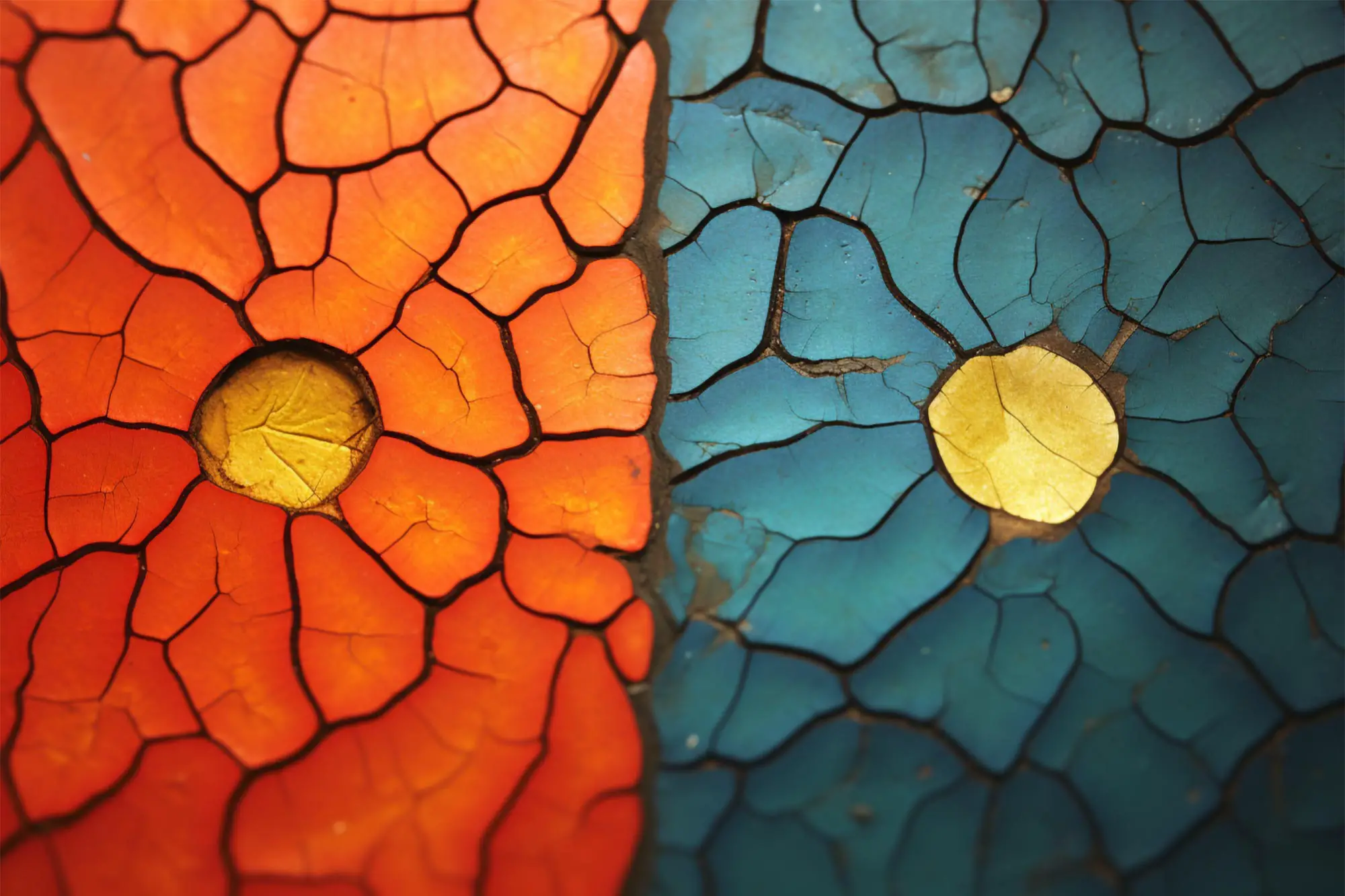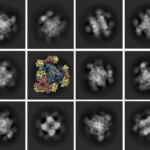Researchers have found that the pattern of dried paint is influenced by the pigment concentration and the temperature at which it dries. A study in ACS’ Langmuir revealed that drops with lesser pigment or placed on cooler surfaces resembled “fried eggs” when dried, while those with more pigment or dried at higher temperatures appeared more uniform. The findings suggest that by adjusting pigment concentration and drying temperature, one can control the final appearance of dried paint.
The drying pattern of paint is affected by its pigment concentration and the drying temperature, with adjustments in these factors offering control over the paint’s final appearance.
A coffee spill leaves behind a dark stain around the puddle’s edge when it dries. But as drops of paint dry, some look like “fried eggs,” with “yolks” of color surrounded by pristine white halos, whereas others appear uniform. To understand this variability, researchers reporting in ACS’ Langmuir literally watched paint dry. They found that pigment concentration and temperature impacted how the liquid gelled and evaporated, information that could help control patterns in dried paint.
Paint contains a mixture of substances, including resins, pigments, additives, and a solvent, such as water. Because of paint’s complex composition, various chemical interactions are at play as paint drops evaporate, which can sometimes lead to undesirable patterns or small cracks. Generally, artists and home painters want even, uniform pigment distribution after paint is applied to a surface. But it’s not really clear how to avoid patterns from forming as the liquid dries. So, Stella Ramos, Catherine Barentin, and colleagues wanted to investigate the factors that impact the evaporation of a water-based paint.
As paint drops dry, they can look like a “fried egg” (left image, scale bar is one millimeter) or develop a more even pigment distribution (right image). Credit: Adapted from Langmuir 2023, DOI: 10.1021/acs.langmuir.3c01605
The researchers prepared five mixtures of a water-based acrylic paint and water, and then dropped the solutions onto heated glass slides. As the liquid evaporated, they analyzed and photographed the deposits, and observed three phenomena:
- Initially, there were dueling inward and outward flows of the liquid: inward flow from the hot substrate to the cooler top of the droplet, and an outward pull from capillary flow.
- Eventually, gelation of the paint suspension increased the viscosity and slowed pigment movement.
- The final drying step locked the pigments into place on the slide’s surface.
Both the pigment amount and the glass’s surface temperature impacted the size, shape, and pattern of the dried paint drops. The researchers saw that drops with lower pigment concentrations or deposited on the lowest temperature surface of 86 degrees Fahrenheit accumulated colorful molecules in the center, giving them a “fried egg” appearance. With more pigment and higher temperatures, up to 176 degrees Fahrenheit, the dried pattern was more uniform and had even color distribution through the whole circle.
The researchers say that to control the appearance of dried paint, pigment concentration and surface temperature could be adjusted, depending on the final pattern that’s desired.
Reference: “Drying Drops of Paint Suspension: From “Fried Eggs” to Quasi-Homogeneous Patterns” by Stella M. M. Ramos, Damien Soubeyrand, Rémy Fulcrand and Catherine Barentin, 14 September 2023, Langmuir.
DOI: 10.1021/acs.langmuir.3c01605




